
First-year graduate student Christina Singh was awarded the Robin Fellowship by the University of Arizona College of Science. The fellowship is awarded for academic excellence, exceptional potential to advance knowledge in the discipline, and ability to broaden perspectives and inquiry based on life experiences.
Christina's research interests include astrobiology, photogrammetry, and planetary surfaces. Professor Shane Byrne is Christina's advisor.



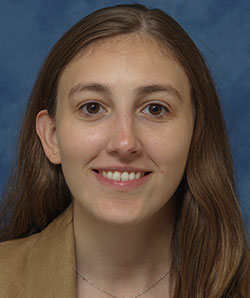
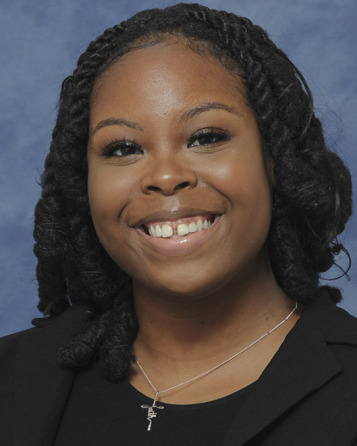
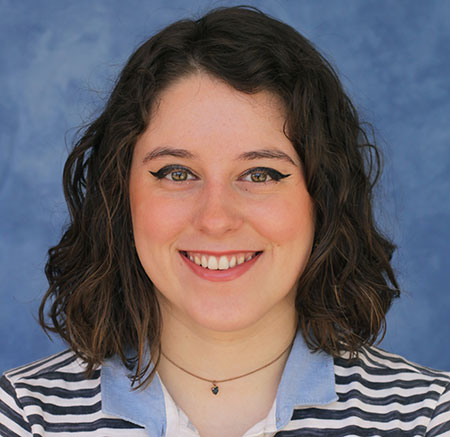
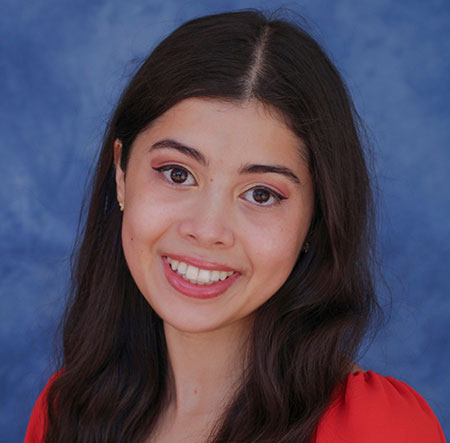 Jada Walters was selected for the
Jada Walters was selected for the 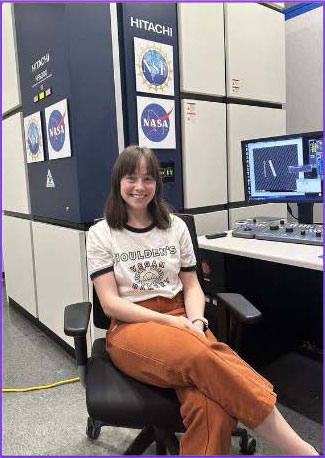 Maizey Benner
Maizey Benner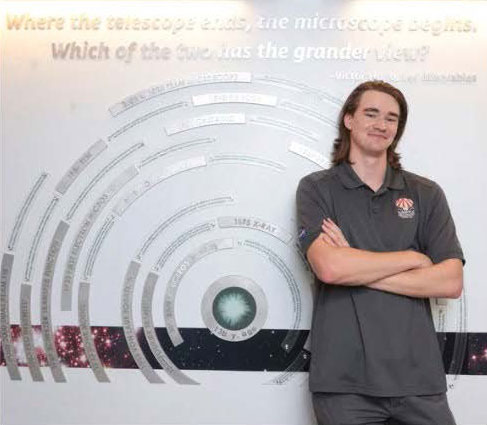
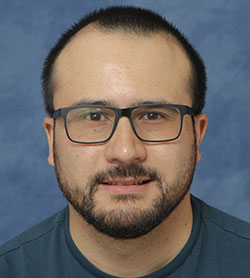
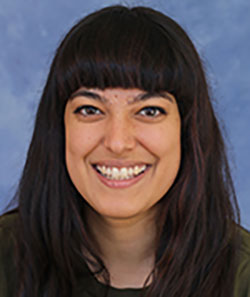
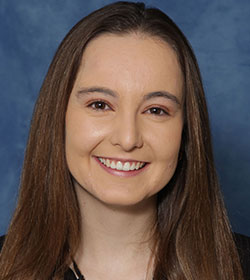
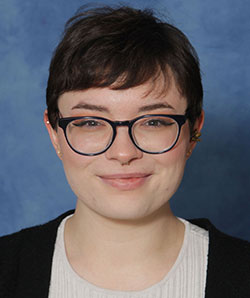 Nicole Kerrison won this year’s Graduate Teaching Assistant Excellence Award for her support of PTYS/ASTR 170A1 Alien Earths, with instructor
Nicole Kerrison won this year’s Graduate Teaching Assistant Excellence Award for her support of PTYS/ASTR 170A1 Alien Earths, with instructor